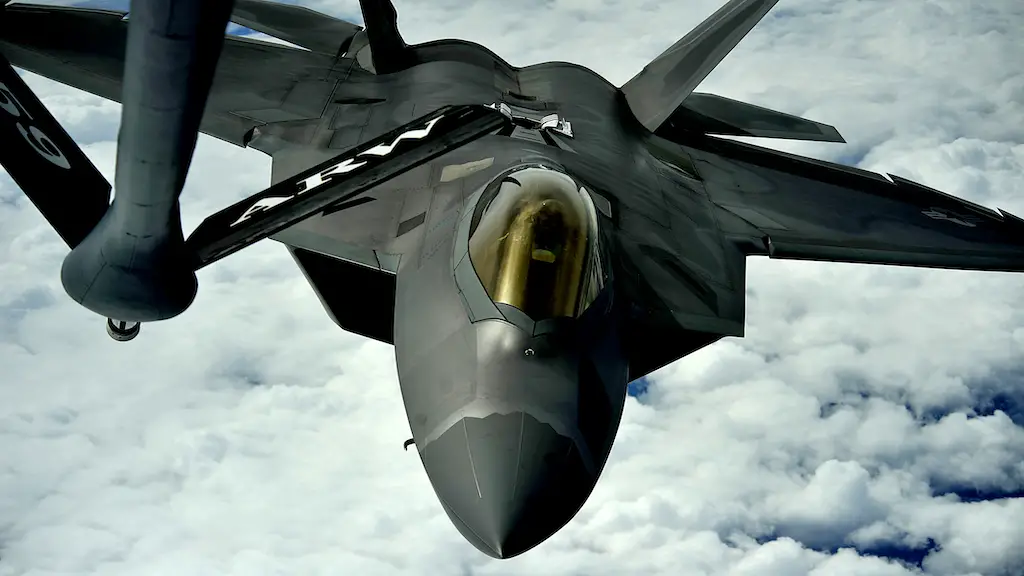
The Lockheed Martin F-22 Raptor is a marvel of modern engineering, representing the pinnacle of American air superiority technology. This fifth-generation stealth fighter jet has captivated aviation enthusiasts and military experts alike with its unmatched agility, stealth capabilities, and awe-inspiring performance. In this article, we will explore the F-22 Raptor, with a particular focus on its groundbreaking engines, which play a pivotal role in its dominance on the battlefield.
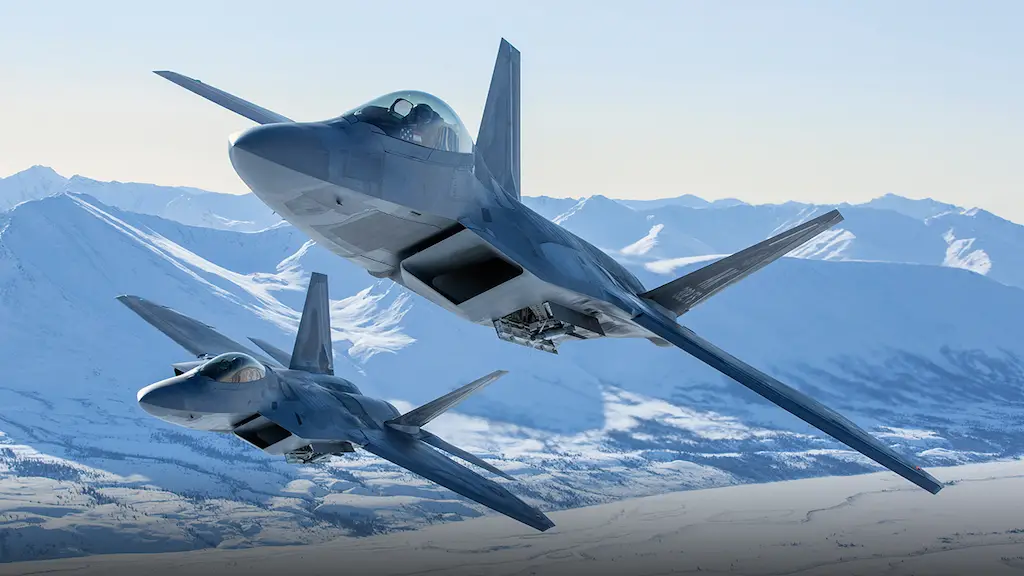
F-22 Raptor Air Power
Stealth and Supremacy
The F-22 Raptor is designed to dominate the skies while remaining virtually invisible to enemy radar. Its stealth characteristics are a result of careful engineering, including its shape, composite materials, and internal weapons bays. These features reduce its radar cross-section, making it exceptionally difficult for adversaries to detect and track.
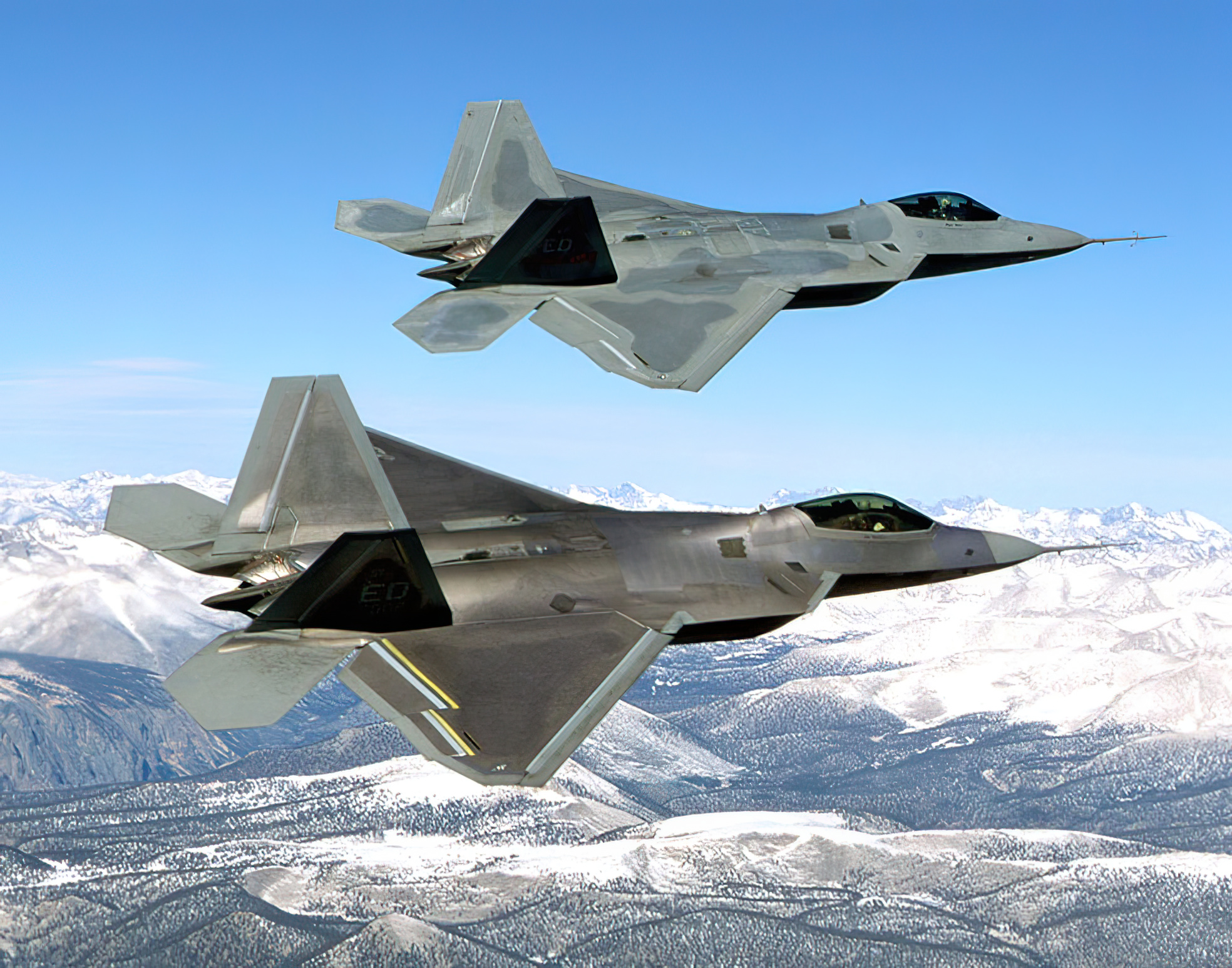
Two F-22s during flight testing, the upper one being the first EMD F-22, Raptor 4001 (U.S. Air Force photo)
Engines: The Heart of the Beast
At the core of the F-22’s remarkable performance lies its cutting-edge engines, the Pratt & Whitney F119-PW-100 turbofan engines. These engines are a key element that propels the Raptor to incredible speeds and allows it to perform feats of aerial acrobatics that are beyond the reach of most other fighter aircraft.
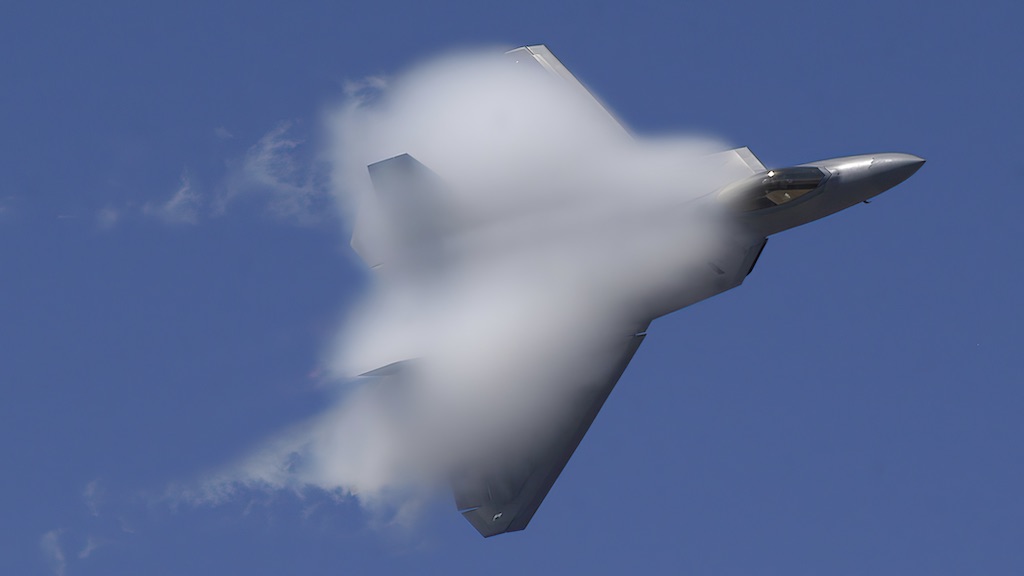
Vapor trails disperse in the wake of a U.S. Air Force F-22A Raptor aircraft at the 42nd Naval Base Ventura County (NBVC) Air Show at Point Mugu, Calif. (U.S. Navy photo by Mass Communication Specialist 2nd Class Jason R. Williams) (Released)
Power and Performance
The F119-PW-100 engines are twin-spool, variable cycle turbofan engines designed to deliver unmatched thrust and efficiency. Each engine produces a jaw-dropping 35,000 pounds of thrust, allowing the F-22 to reach supersonic speeds without the need for afterburners. This provides several critical advantages:
Supercruise: Supercruise is the ability to sustain supersonic flight without engaging afterburners, which consume a significant amount of fuel. The F-22 can supercruise at speeds exceeding Mach 1.5, enabling it to cover long distances rapidly while conserving fuel.
Quick Response: Rapid acceleration and deceleration are crucial in combat situations. The F-22 can accelerate from subsonic to supersonic speeds in mere seconds, allowing it to react swiftly to changing battlefield conditions.
Stealth and Speed: The absence of afterburner plumes during supersonic flight enhances the F-22’s stealth characteristics, as it reduces its infrared signature. This makes it even more challenging for enemy aircraft to detect and engage the Raptor.
Thrust Vectoring: A Game-Changer
One of the most remarkable features of the F119-PW-100 engines is their thrust vectoring capability. This technology allows the engines to direct their exhaust nozzles independently, providing precise control of the aircraft’s pitch and yaw. In simple terms, it enables the F-22 to point its nose in any direction, even when flying at extremely low speeds or hovering.
Thrust vectoring offers several advantages
Extreme Maneuverability: With thrust vectoring, the F-22 can execute mind-bending maneuvers like the Pugachev’s Cobra and the Herbst maneuver. These maneuvers not only dazzle spectators at airshows but also give the Raptor a significant tactical edge in combat.
Enhanced Combat Capability: The ability to rapidly change direction and orientation during close-quarters combat makes the F-22 a formidable adversary. It can quickly outmaneuver and gain a tactical advantage over enemy aircraft.
Precision Striking: Thrust vectoring is not just for dogfights; it also enhances the F-22’s precision striking capabilities. By directing its thrust, the Raptor can make pinpoint adjustments while releasing munitions, ensuring greater accuracy in striking targets.
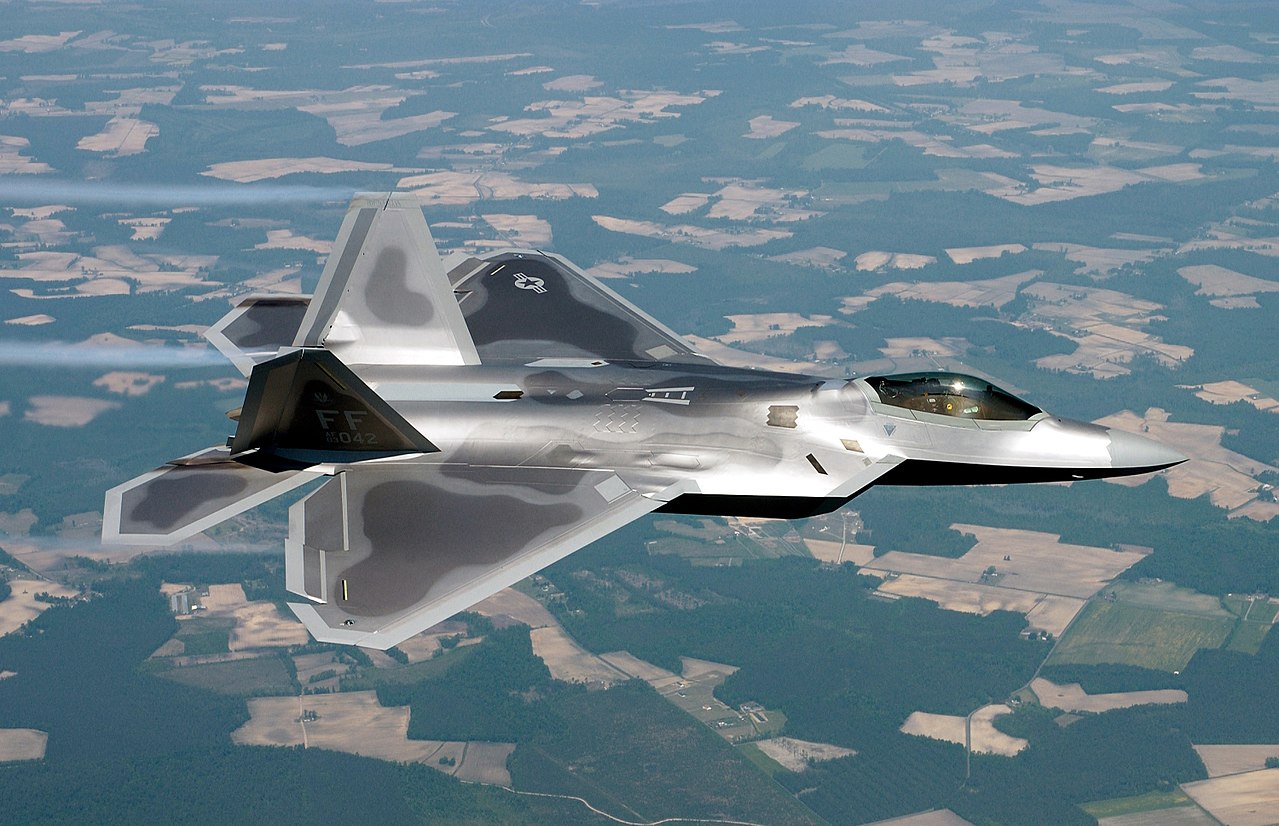
Lockheed Martin F-22
Maintenance and Reliability
While the F-22 Raptor’s engines are incredibly powerful and sophisticated, they are also designed with ease of maintenance in mind. Modular design and advanced diagnostics systems reduce maintenance requirements, allowing the aircraft to spend more time in the air and less time on the ground.
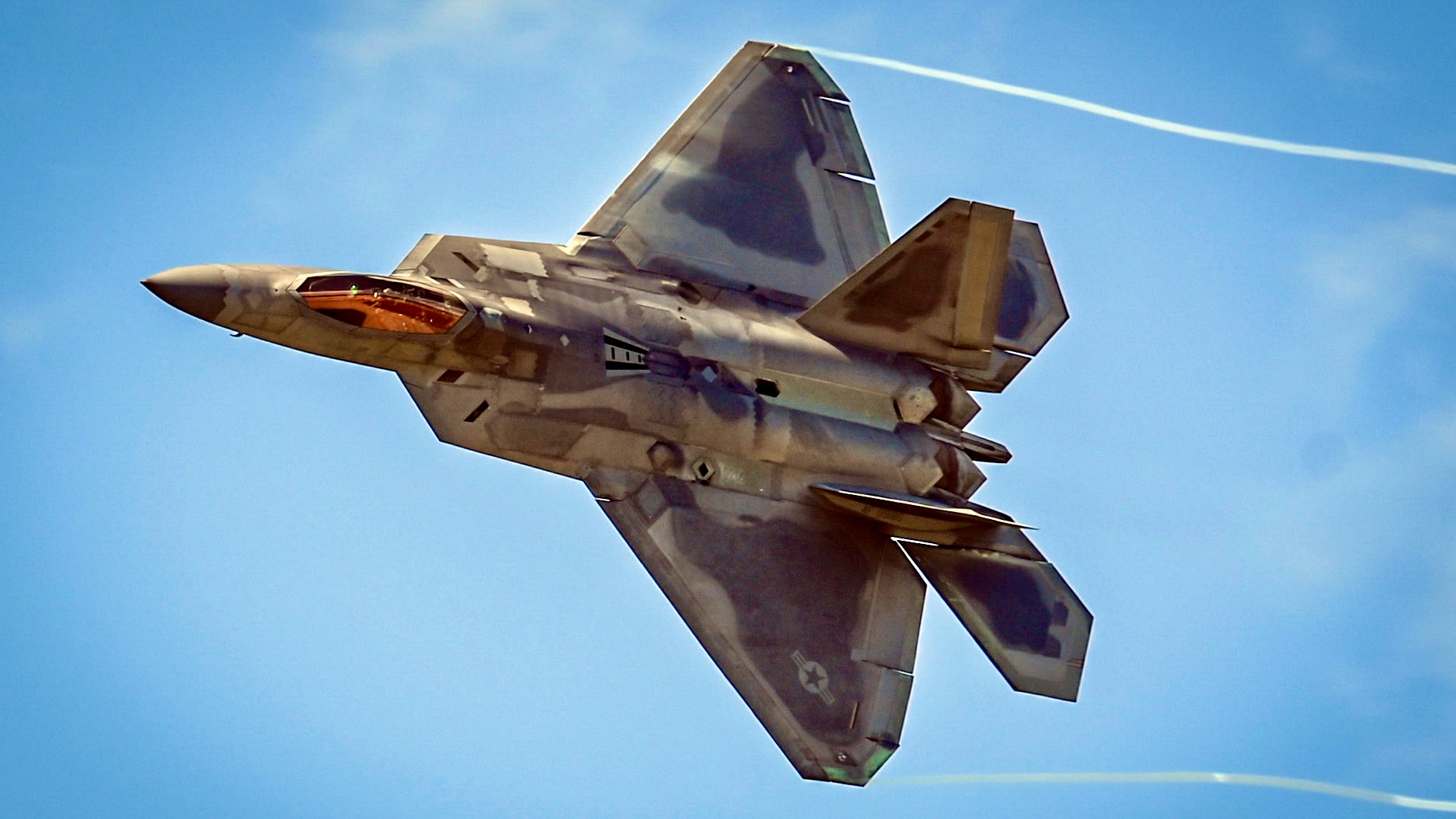
An F-22 Raptor in flight over Poland
Heart of a fighter
The F-22 Raptor’s Pratt & Whitney F119-PW-100 engines are the heart of this formidable fifth-generation fighter, enabling it to achieve unparalleled levels of stealth, speed, and maneuverability. With its ability to supercruise, perform extreme aerial maneuvers, and rapidly respond to changing combat situations, the F-22 has set new standards for air superiority. The inclusion of thrust vectoring technology further cements its status as a game-changer in modern aerial warfare.
As military technology continues to advance, the F-22 Raptor remains a symbol of American innovation and air dominance. Its engines, with their extraordinary power and versatility, will continue to inspire awe and admiration for years to come, ensuring that the Raptor remains a force to be reckoned with in the world of fighter aircraft.











